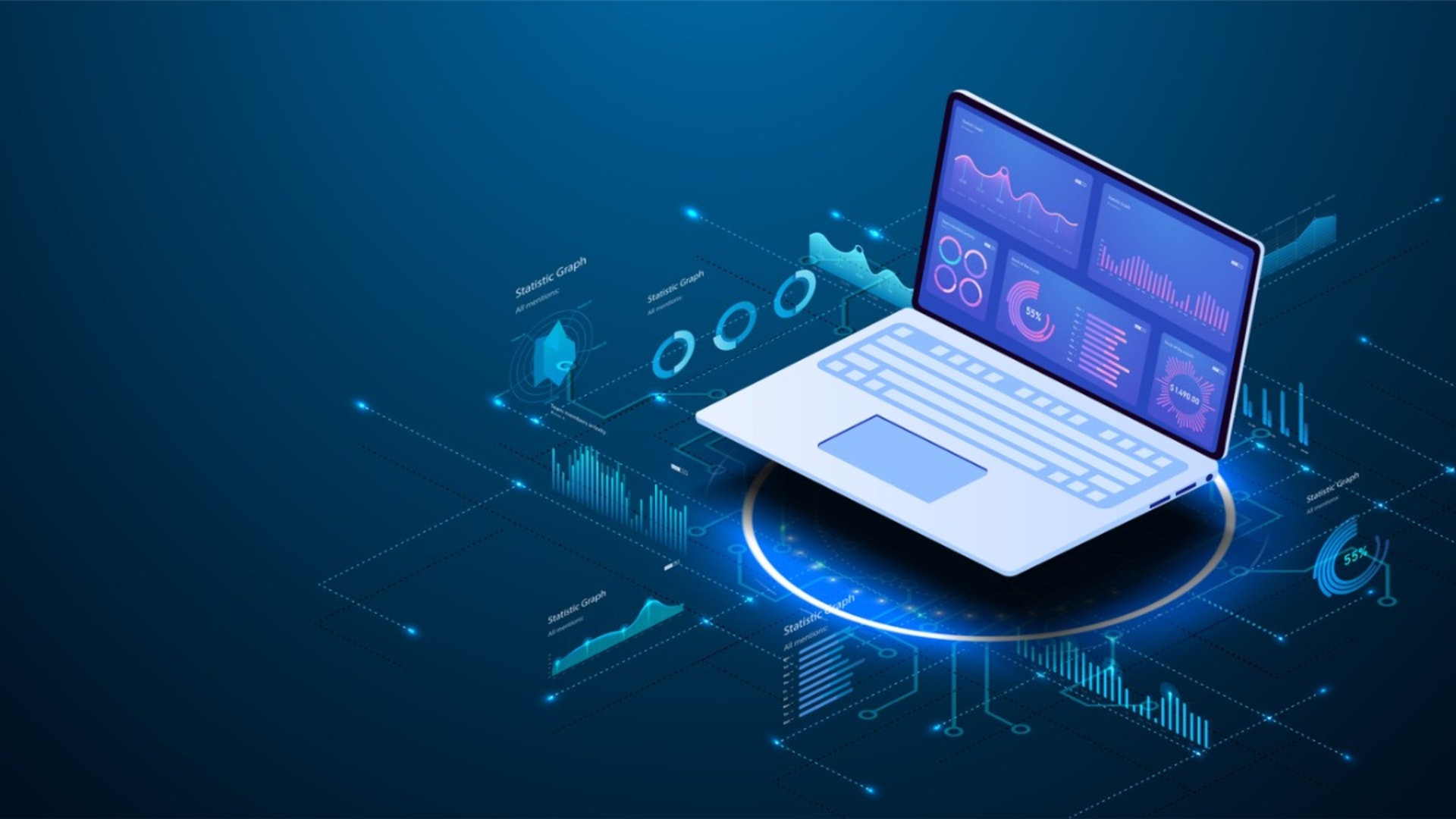Businesses consume data like people consume water, air, and food. In other words, it’s a necessity, at least in the hyper-competitive world of modern-day business. Without data, companies would struggle to keep up with the competition. That’s because they can use data to build promotions, predict trends, improve their customer relations, and better empower their supply chains, among other things.
Unfortunately, that’s far from being easy. The problem with data is that it’s nothing more than a massive collection of information. In its raw form, it’s no more good to your staff than is a box of randomly collected words. So you not only need the tools and platforms to collect the data, you need the right software and systems to present it in a way that your employees can use it effectively.
You’ll need servers to house the data, report builders to put it together, services to make it available, and apps to view it. That’s a lot of software. Of course, you could go with a solution that pieces it all together for you, as Microsoft has done with Power BI.
Power BI is a collection of software services, apps, and connectors that come together to turn your data sources into visually immersive and interactive insights displayed on either desktop or mobile apps. Power BI is comprised of the following pieces:
- Power BI Desktop (A Windows desktop app for presenting data visualizations).
- Power BI service (A SaaS service to deliver data).
- Power BI Mobile (Apps for Android, iOS, and Windows devices to display data visualizations).
- Power BI Report Builder (For creating paginated, sharable reports).
- Power BI Report Server (An on-premise report server for the publishing of Power BI reports that have been created from within the Power BI Desktop).
- Power BI deployment pipeline tool (Makes it possible to test content before it’s released to users).
Power BI uses roles to empower different employees with different tools. For example, you might have an employee who only needs to view reports and dashboards, via the Power BI service. Another employee might use the Power BI Desktop or Power BI Report Builder to create powerful, interactive reports to then publish them to the Power BI service. Finally, you might have other employees who only use the Power BI phone app to monitor various sales quotes and do deep dives into details for sales leads.
All of the Power BI pieces come together to create a flexible ecosystem that is fully capable of delivering incredible visualizations of your data, all of which your employees can use to greatly improve your various chains, pipelines, and processes.
Why You Should Be Using Power BI
If the idea of powerful data visualizations isn’t enough to convince you this tool should be a part of your company’s future, here are some reasons why you should consider it.
- Fast Insights: If you’re not using the right tool for the task, it could take you considerable time to create meaningful insights into your business’ sales, trends, leads, and metrics. And given the setup time for Power BI isn’t nearly as long as the competition, your staff can be working with this tool in no time.
- Streamlined Delivery of Visualizations: At the moment, your staff might be using outdated systems and services that require generating and sharing various reports. Imagine having a platform that makes it possible for your staff to more efficiently deliver visualizations to various staff members or departments. Not only will that save time, but it’ll also save money.
- Real-Time Data Visualizations: Not only does Power BI make it easier to share visualizations, but your staff can also make use of real-time dashboards to quickly view and manipulate those visualizations. This makes it not only possible but easy for your employees to quickly identify opportunities they might not have caught otherwise.
- Customized Power BI App Navigation: With the Power BI applications, your users can customize the experience to perfectly fit their workflow. This makes it more efficient for your employees to work with the visualizations. Instead of having to drill deep into menus, users can customize the tool to make it faster for them to find the content they need.
- Built-In Access Controls: Not every employee should have access to every piece of data. That’s why Power BI includes built-in access controls so you can determine which users have access to data that is relevant to their jobs or the task at hand.
- Cortana Integration: When your users are working with Windows, they’ll enjoy Cortana (the Windows digital assistant) integration. Through it, your employees can use verbal commands to ask questions of Power BI instead of having to type everything.
- Built-in AI: Power BI includes a built-in AI system that uses image recognition and text analysis to create machine learning models. The Power BI AI system also integrates with the Azure Machine Learning platform.
Microsoft Business Intelligence Services
The Microsoft Power BI collection of applications can truly transform your organization—provided that you know how to leverage it. That’s why you should consider hiring Power BI consultants such as the ones from BairesDev.
Our experts provide in-depth Power BI consulting services to help you make the most out of this powerful suite. Using their expertise and experience, our BI engineers can help you create personalized dashboards that will provide you with a detailed company-wide view of your organization. Additionally, we can aid you in generating interactive reports and rich data visualizations as well as seamlessly integrating Power BI into your digital environment.
Microsoft Business Intelligence Solutions
The BairesDev team has the know-how and the cross-industry experience to deliver enterprise-level business intelligence solutions that leverage Power Bi. By customizing this powerful business intelligence suite, we can help you monitor your business while empowering your entire organization with in-depth and relevant data to make more informed decisions.
Our business intelligence engineers can update and streamline your existing BI solutions or create one from scratch, using Power BI’s capabilities as a foundation. What’s more important—we can do so in alignment with your business goals and following an effective business intelligence strategy.
It doesn’t matter if you use in-house systems or are relying on cloud-based platforms: we can provide you with the Microsoft business intelligence solutions you need, tailored to your requirements.
Business Intelligence Projects
A business intelligence project refers to the process of planning, designing, developing, and implementing business intelligence solutions in a particular company. The main focus of these projects is integrating BI tools to a company’s operations in order to help all team members solve their issues and achieve their goals.
Given that objective, BI projects need close collaboration between multiple stakeholders, including those responsible for the company’s business goals, operations, technology implementations, and data processes. While that’s always beneficial in tech projects, that collaboration is a must for business intelligence projects to be successful.
Conclusion
Microsoft’s Power BI should be considered a must-have for any business looking to better leverage data into useful, interactive data visualizations. With these visualizations, your staff is better prepared to gain insights into where your company has been and where it needs to go. Help make marketing, sales, customer service, and management much easier with the help of a tool that is perfectly suited for modern business.






